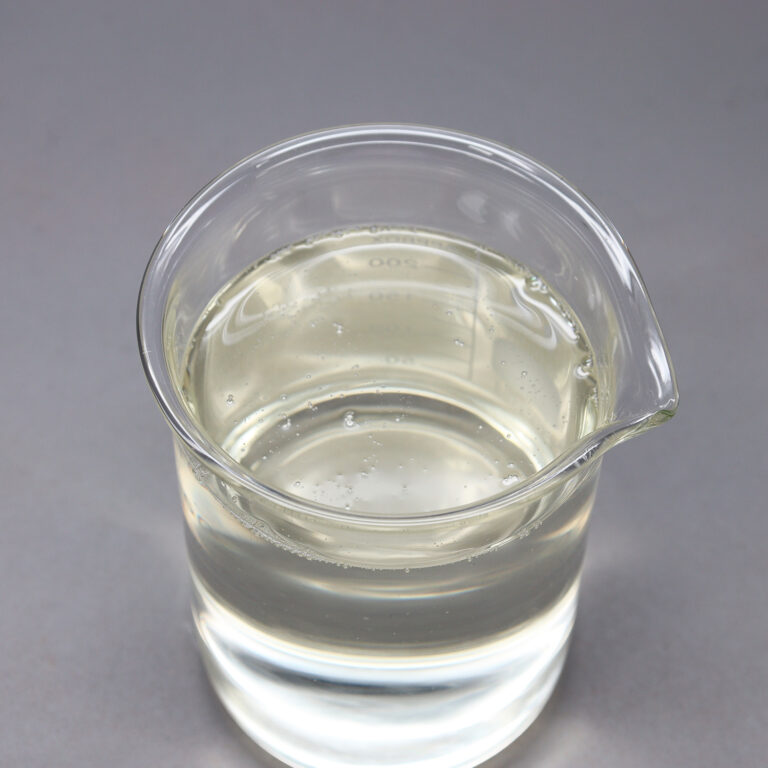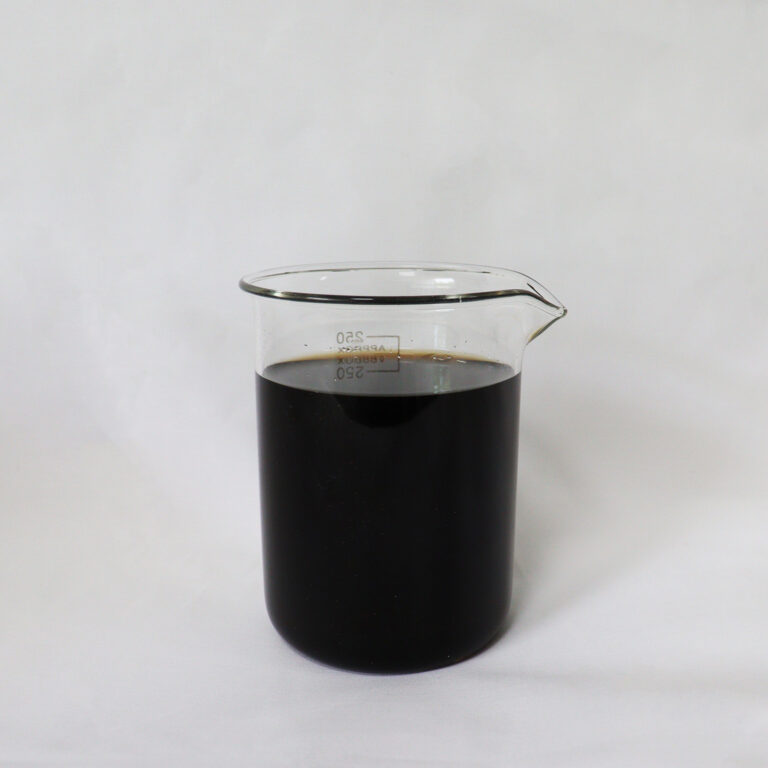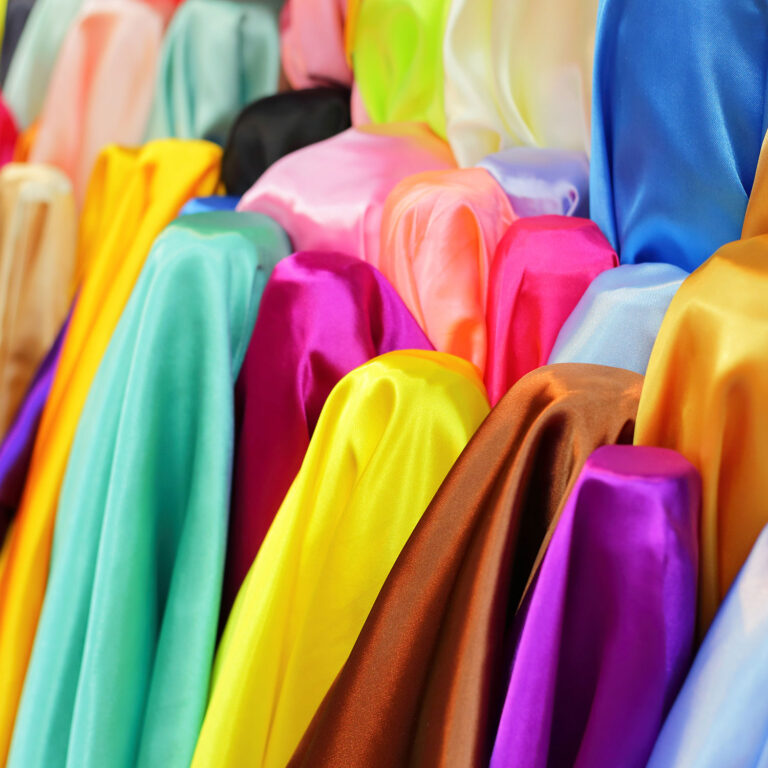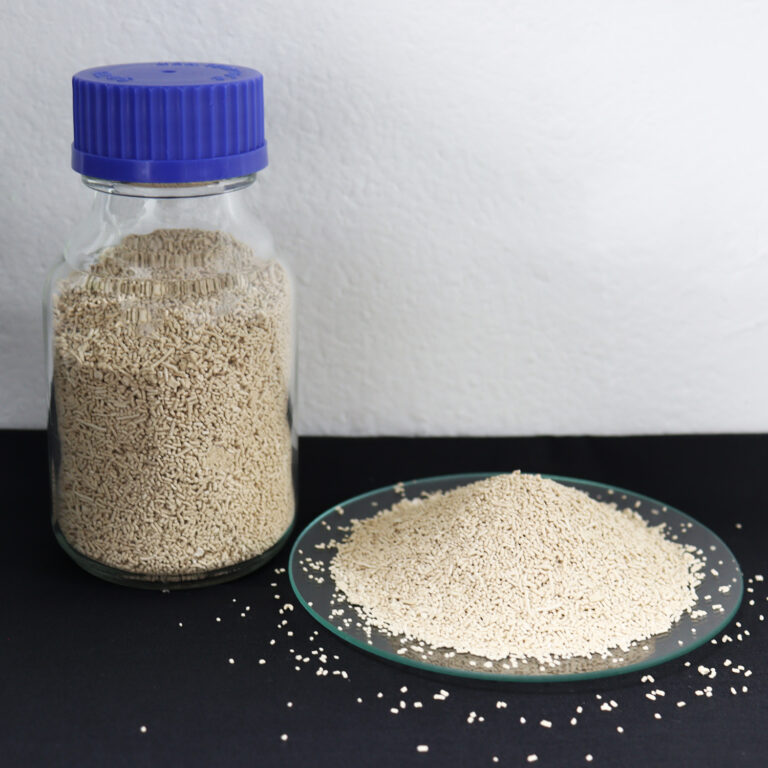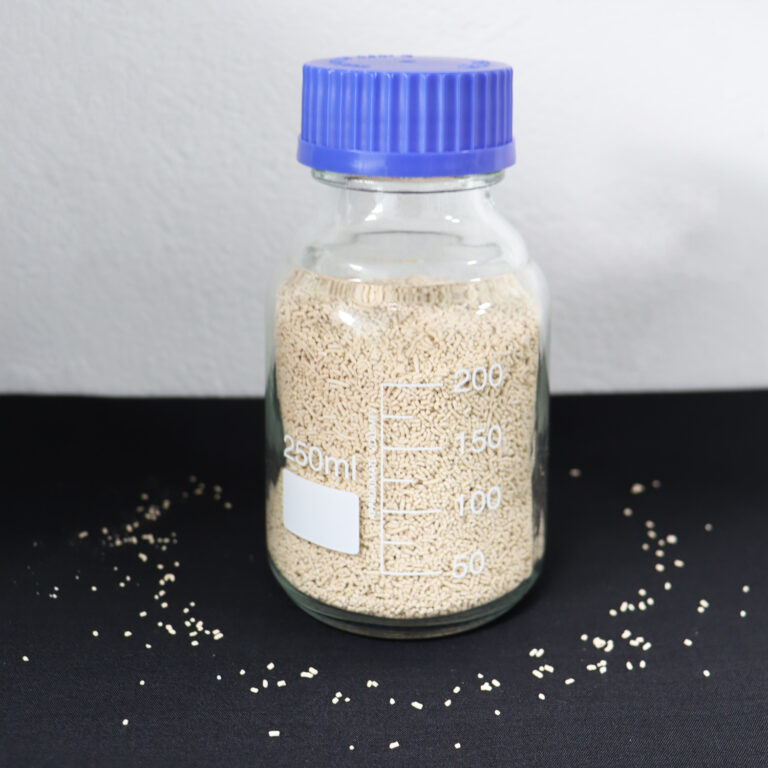In the textile industry, fabric softeners play a key role in enhancing the touch, drape, and processability of materials. Among the most commonly used variants are softergent flakes and liquid softeners—each with distinct characteristics, advantages, and applications. Understanding their differences is essential to selecting the most suitable softening agent for your textile production.
What Are Softergent Flakes?
Softergent flakes are solid, wax-like softening agents typically based on fatty acid derivatives or modified silicone compounds. They are designed to be dissolved in water and applied to fabric during the padding or exhaustion process. Flakes offer an economical and stable solution for textile softening, especially in large-scale processing facilities.
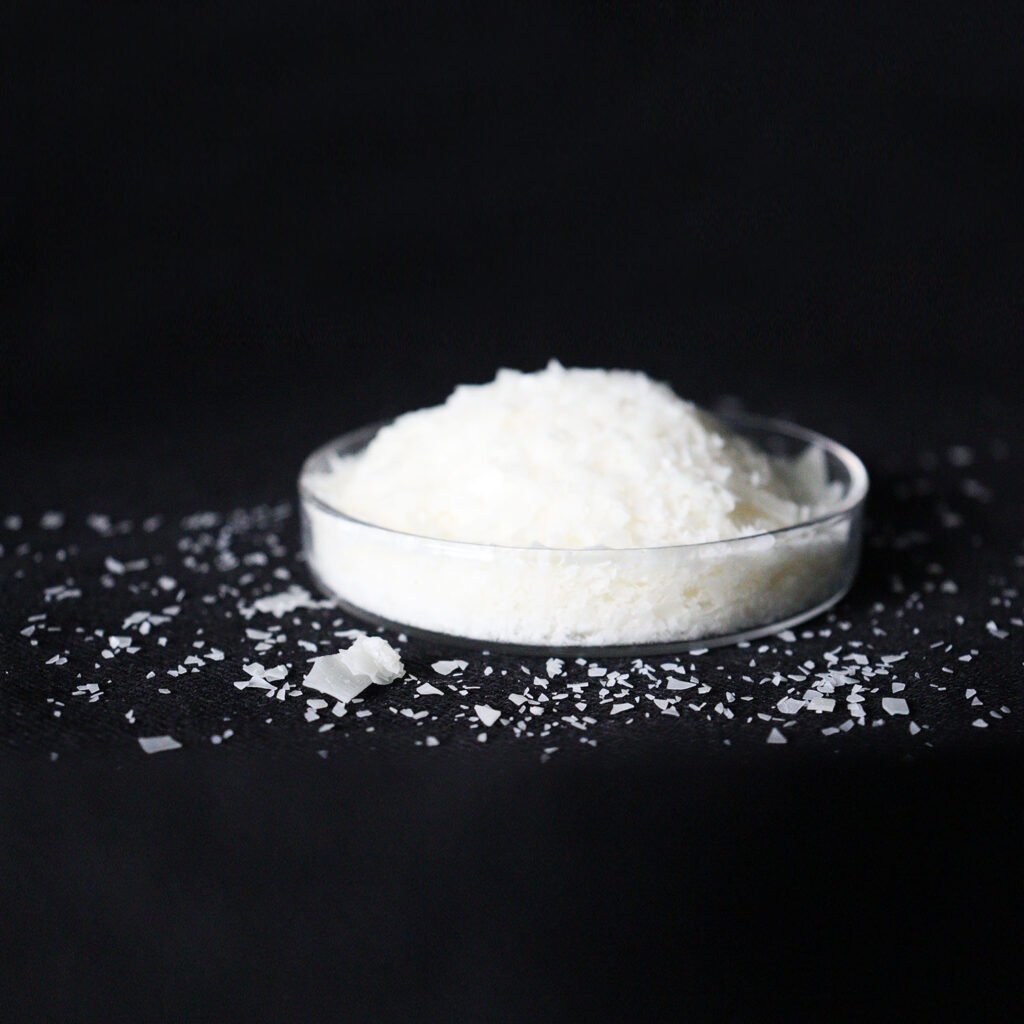

What Are Liquid Softeners?
Liquid softeners are ready-to-use formulations, usually based on silicone emulsions or fatty acid esters, that can be directly added to finishing baths or used in spray and coating systems. They are appreciated for their ease of use, compatibility with automated systems, and ability to deliver consistent results.
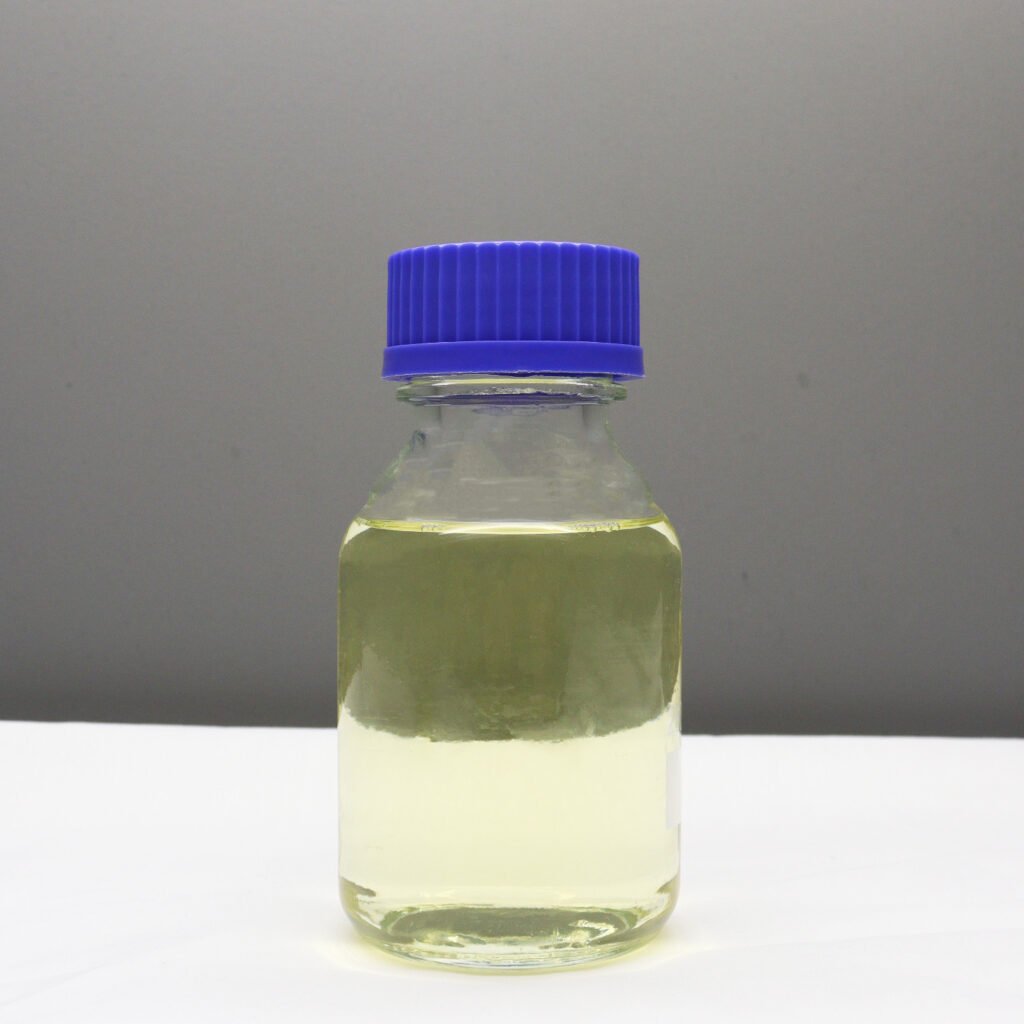

Key Differences Between Softergent Flakes and Liquid Softeners
| Feature | Softergent Flakes | Liquid Softeners |
|---|---|---|
| Form | Solid (flakes) | Liquid/emulsion |
| Preparation | Requires heating/dissolution | Ready to use |
| Storage Stability | High (dry form) | Moderate (prone to separation over time) |
| Cost-Effectiveness | More economical | Higher cost per unit |
| Performance | Durable softness, bulk feel | Silky finish, smooth touch |
| Application Flexibility | More manual steps | Suitable for automated lines |
Advantages of Softergent Flakes
- Longer Shelf Life: Being in dry form, flakes are more stable and less prone to microbial growth.
- High Concentration: No water dilution means more active content per kilogram.
- Cost-Efficiency: Ideal for manufacturers focused on cost control and bulk production.
- Customizable: Easily adjusted to different concentration levels and compatible with various fabric types.
Advantages of Liquid Softeners
- Convenience: Direct-to-use with no need for pre-mixing or heating.
- Superior Handle: Silicone-based liquid softeners offer a luxurious, smooth touch.
- Process Integration: Better suited for automated systems and consistent finishing.
Which Should You Choose?
- Choose Softergent Flakes if your focus is on cost efficiency, bulk processing, and long-term storage.
- Choose Liquid Softeners if you prioritize product consistency, premium hand feel, and faster processing in modern finishing lines.
About Meixin Biotech
At Meixin Biotech Co., Ltd., we provide a full range of silicone-based softening solutions, including flakes, emulsions, and customized formulations for both woven and knitted textiles. Whether you’re working with cotton, polyester, or blends, our technical team can help optimize your softening process for performance and sustainability.
Contact Us
We offer tailored solutions for your softening needs. Reach out to us for product samples, technical data sheets, or expert guidance.
connie.huang@meixinbiotech.com
Softening Auxiliaries Articles
How Fabric Softener Flakes Improve Hand Feel in Garment Finishing
Silicone Softener Beads vs. Emulsions: Pros and Cons for Textile Finishing
Softergent Flakes vs. Liquid Softeners: Which Should You Use?
Top 5 Applications of Silicone-Based Softeners in Modern Textile Processing
How Silicone Softening Beads Improve Fabric Feel and Process Efficiency
Silicone Fabric Softener vs. Traditional Softeners: Which Is Better?
What Is a Silicone Softener for Textiles? Benefits, Types & Applications
Understanding Fabric Softener Flakes: Types, Usage & Key Advantages
Does Silicone Softener Affect Color Fastness? Application Tips for Garment Dyeing
How to Apply Silicone Fabric Softeners in Dyeing & Finishing Processes
Where to Buy High-Quality Silicone Softener for Textiles (2025 Guide)
How to Choose the Right Silicone Fabric Softener for Cotton, Polyester & Blends
Top Exporters & Manufacturers of Silicone Softening Beads in China
Understanding Fabric Softener Flakes and Their Role in Textile Care
Is Bead-Type Softener Suitable for Export? 5 Key Questions + Packaging, Storage & Transport Tips
5 Key Questions to Ask Before Buying Silicone Softeners for Garment Production
How High-Concentration Softeners Help Garment Factories Reduce Production Costs
Bead vs. Liquid Silicone Softeners: Which Is Better for Mass Fabric Processing?
Eco-Friendly Silicone Fabric Softeners: Are They Worth the Switch?
FAQs About Silicone Softener for Textiles: Everything Importers Need to Know


